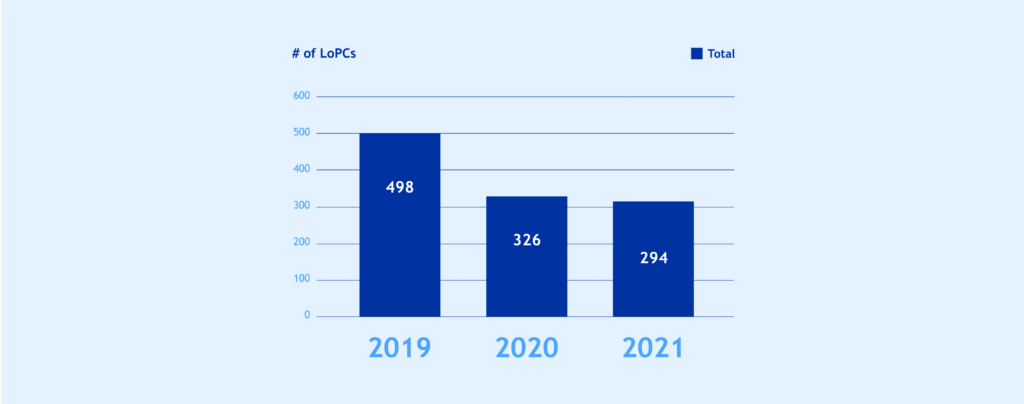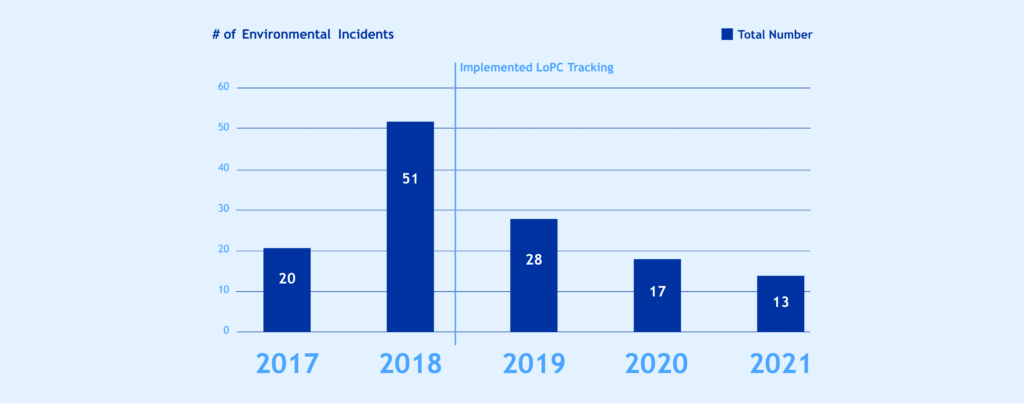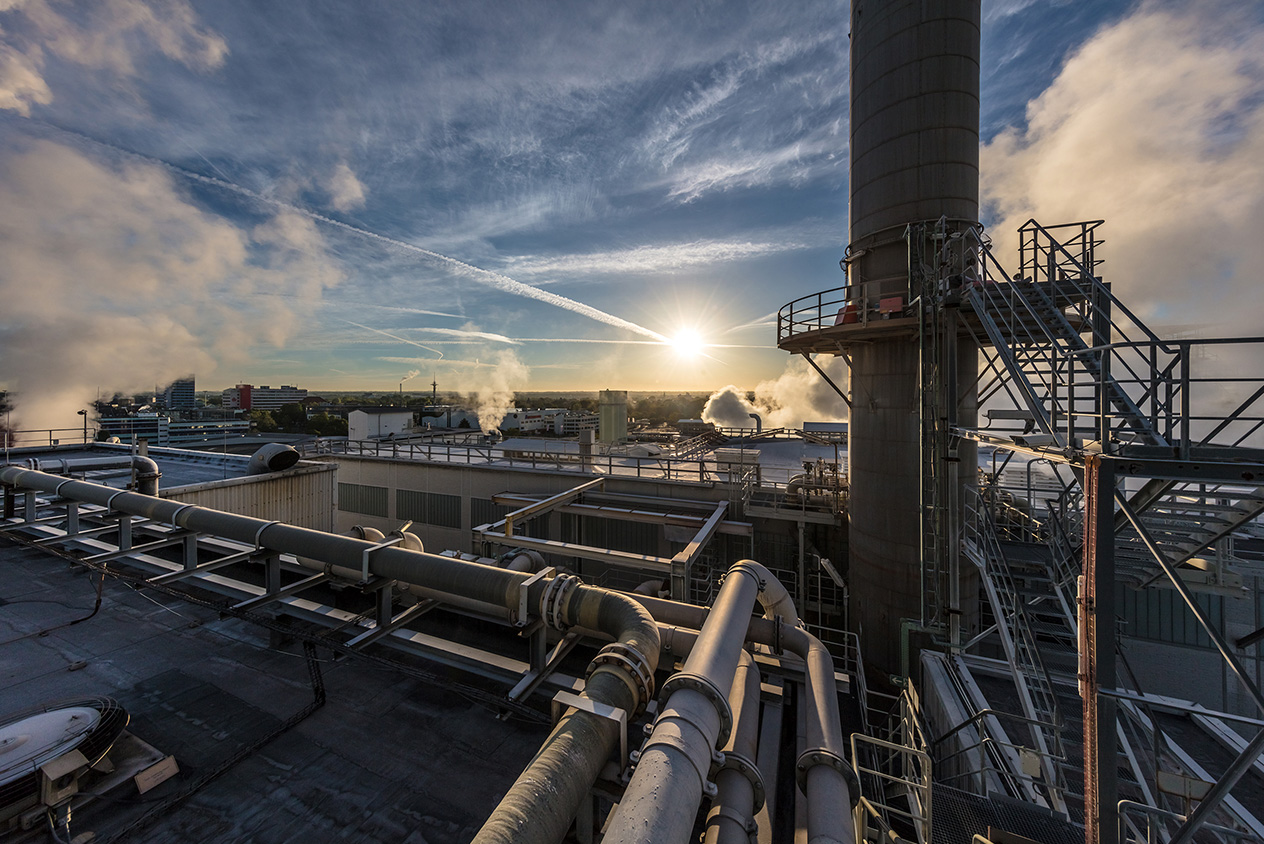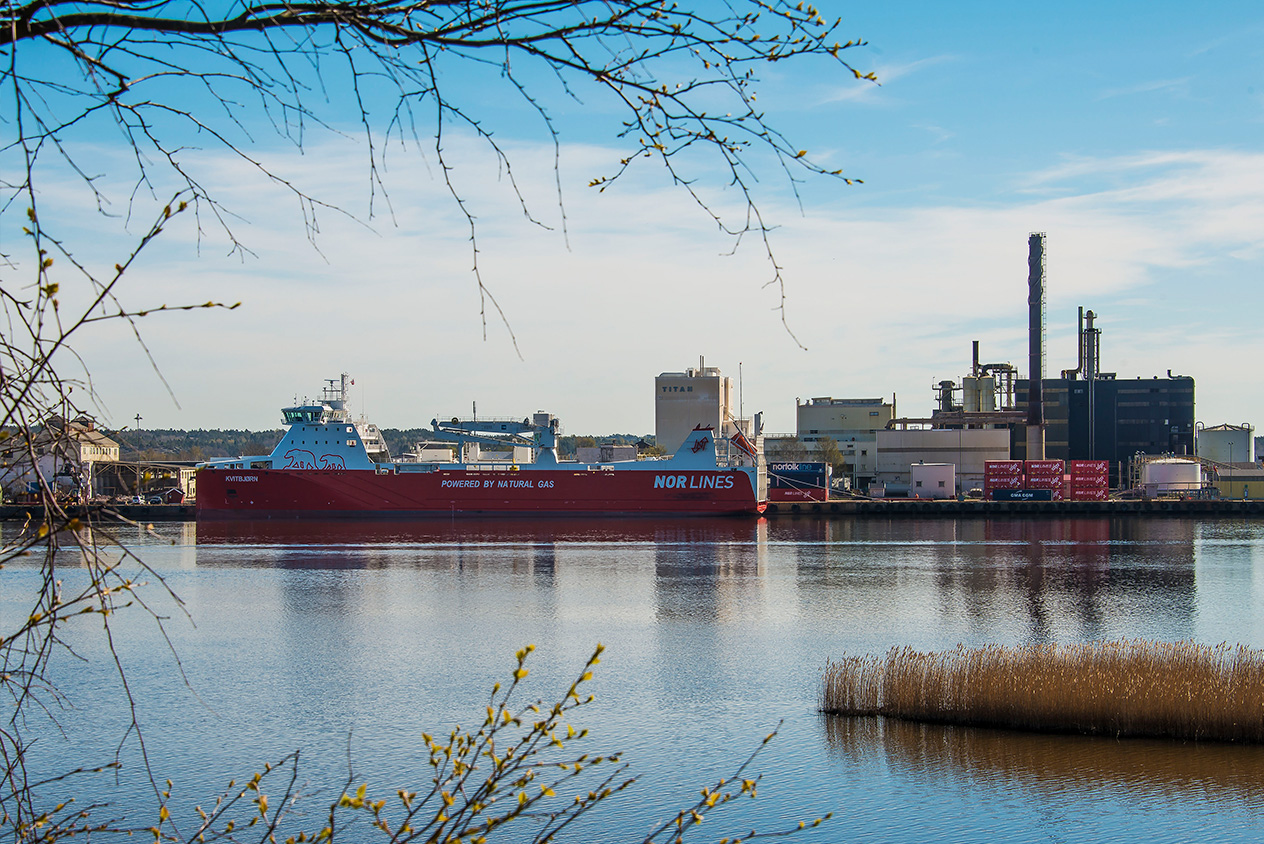Our Approach
Each year, our CEO reviews and updates our SEEQ Policy from which flow our global environmental standards memorialized in various global policies and guidelines applicable to all locations. However, the heart of environmental compliance rests on our operational leaders, plant managers and local teams of environmental professionals, who are responsible for setting detailed workflows and implementing global and local compliance management actions at each operating location. We closely track key performance indicators (including leading indicators) to head off potential incidents and to provide the information we need to continuously improve.






